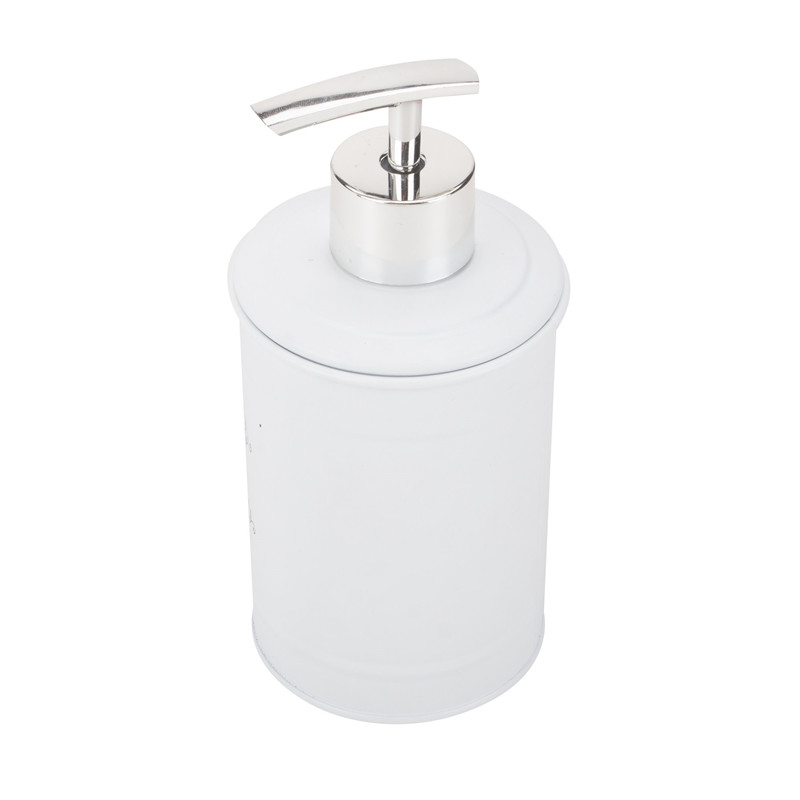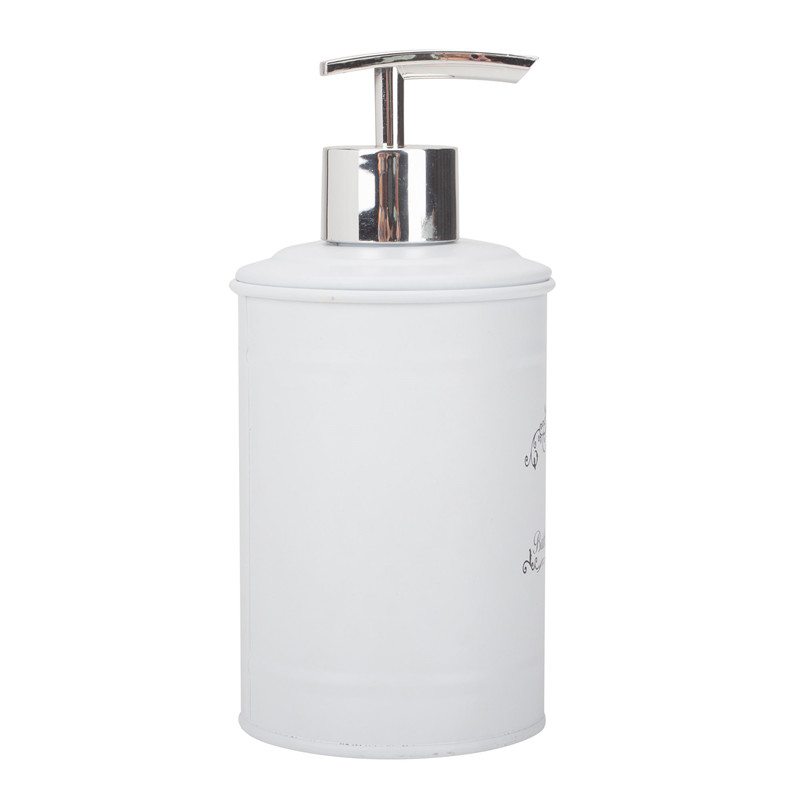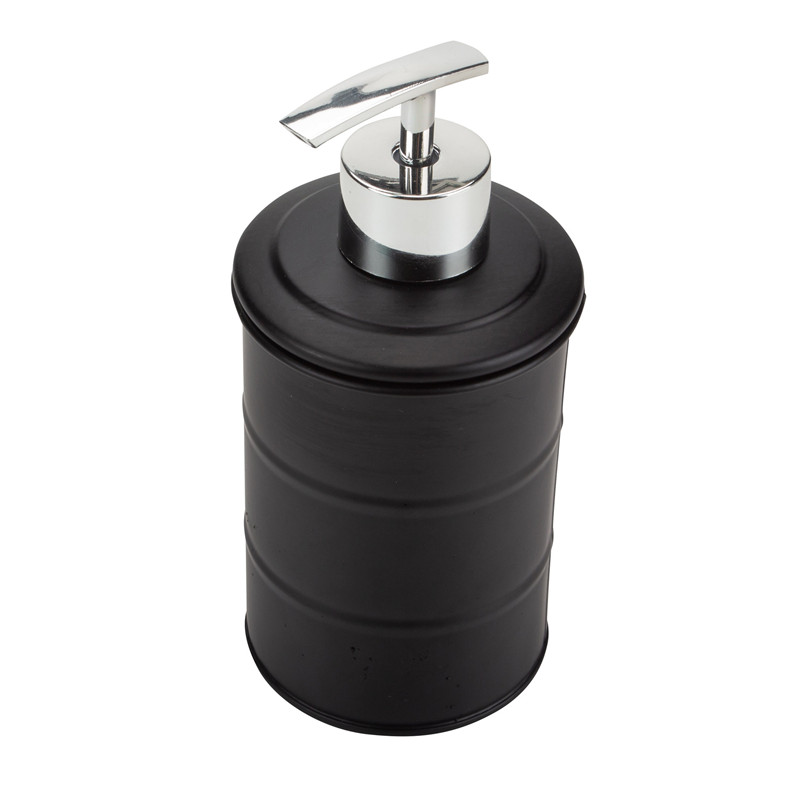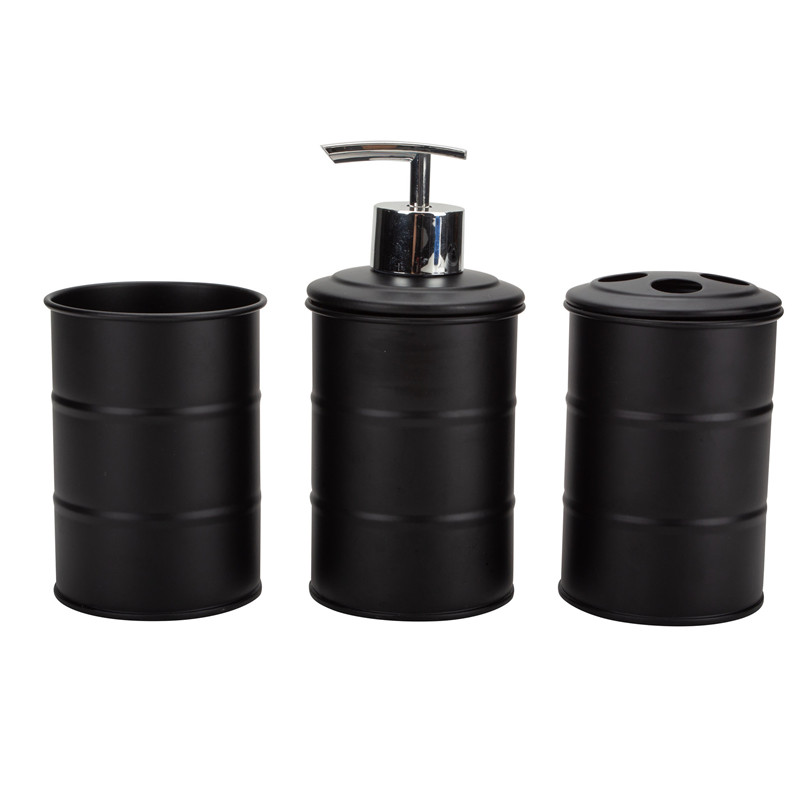There are a large number of micro-fine mineral resources in China. Micro-fine minerals are mainly derived from two aspects, one is primary slime, and the other is in the process of crushing, grinding, mixing and transportation, especially in the process of fine-grained mineral resources fine grinding or ultra-fine grinding. In the middle, a large amount of secondary slime is produced. The most important characteristics of fine-grained minerals are small mass, large specific surface area and high surface energy. The small mass causes the momentum of the hydrophobic ore particles to be small in the slurry, and the collision probability with the bubbles is small, and it is difficult to overcome the energy barrier between the ore particles and the bubbles and adhere to the surface of the bubbles. The large specific surface area and high surface energy cause serious non-selective agglomeration between the gangue ore particles and the useful ore particles; the amount of drug adsorption is large, and the selectivity of drug adsorption is reduced. This gives mineral processing sorting process, filtration and dehydration, brought a series of problems, resulting in poor micro-fine sorting effect, thus a large number of metal with micro-fine loss. According to reports: About 20% of tungsten, 35% of phosphorus , 16% of copper , and 10% of iron (USA) and 50% of tin (Bolivia) are lost in fine mud every year. To make these difficult-to-float fine-grained minerals float efficiently, it is not feasible to use a conventional flotation process, and new processes and methods must be studied. A large number of methods for the flotation of fine-grained minerals have proposed several methods and equipment for fine-grain flotation, and microbubble precipitation flotation is considered to be one of the most effective micro-flotation methods. In this paper, the pure minerals of malachite were used to study and compare the conventional flotation and vacuum microbubble flotation of Halli-mond tubes.
1. Experimental mineral samples and pharmaceuticals
(1) Experimental ore samples
The pure mineral of malachite is taken from the Tangdan copper oxide mine in Dongchuan, Yunnan. The rich ore block is used after hand selection, porcelain grinding and pure extraction. XRD analysis showed that the standard map of malachite and pure malachite used in the experiment was basically the same, indicating that the purity of the experimental malachite was very high. The chemical analysis showed that the content of copper in the malachite ore sample was 56.60%, and the purity was 98.18%.
The malachite pure minerals were sedimented into 8 fractions, which were fine fractions of +74 μm, 60-74 μm, 50-60 μm, 40-50 μm, 30-40 μm, 20-30 μm, 10-20 μm, and -10 μm, respectively. The coarse-grained ore sample was washed several times with distilled water and used as an experimental sample.
(2) Experimental agents
The vulcanizing agent Na 2 S·9H 2 O is of analytical grade, produced by Tianjin Chemical Reagent No. 3 Factory, and the concentration is 5%. The activator EDP is a self-made amine phosphate agent, which is white powder and has a concentration of 1%. ; butyl xanthate collector, the use of commercially pure white silver pharmaceutical processing agents of plant, formulated at a concentration of 1%.
Second, experimental methods and devices
Each experiment used a TG628A analytical balance to weigh 0.5 g of malachite sample. The slurry was tempered in a beaker using a 78HW-1 thermostatic magnetic stirrer, and the slurry solution was then transferred to a modified Halli-mond tube (approximately 50 ml volume) for flotation. The gas used for flotation was nitrogen, the aeration amount was 40-45 ml/min, the pulping time was 4 min, and the flotation time was 6 min. All experiments were carried out at room temperature.
Third, the experimental process and results
(1) Hallimond tube flotation of malachite pure minerals
In the experiment, pure minerals of different grades of malachite were used for the fractionation-level flotation test. The above-mentioned malachite pure minerals which were separated into eight different particle sizes by water separation were weighed and weighed 0.5 g, and the slurry was adjusted and floated under the same test apparatus and pharmaceutical conditions. Agent concentrations were: Na 2 S · 9H 2 O 1.0 × 10 -3 mol / L, EDP1.0 × 10 -3 mol / L, BuX1.5 × 10 -3 mol / L. The pulping time was 4 min and the flotation time was 6 min. The experimental results are shown in Figure 1.

It can be seen from Fig. 1 that in the selected particle size range, the recovery rate exceeds 80% for all particle sizes above 20 μm; the most easy to float particle size is 40-50 μm, and the floating rate reaches 97%; and -10 μm The flotation effect is the worst, the floating rate is only 26.4%; secondly, the effect is 10~20μm, and the floating rate is only 63%.
(2) Vacuum microbubble flotation of malachite pure minerals
1. Relationship between the floating rate and the vacuum degree of the flotation system
In this study, a laboratory-type vacuum flotation tube (Vacuumtube) was used to conduct a vacuum flotation of fine-grained malachite pure minerals with a volume of 170 ml. The method of microbubble precipitation is to use a vacuum pump to pump air on the surface of the slurry, causing negative pressure of the slurry to precipitate microbubbles. The amount of microbubbles generated by vacuum flotation and the rate of production are highly dependent on the degree of vacuum of the flotation system, which affects the recovery of copper oxide minerals. Therefore, the relationship between the floating rate and the degree of vacuum was first tested by selecting the most difficult to select malachite of -10 μm. The test ore samples were each 0.5 g, and the degree of vacuum was measured using a self-made "U"-type tube mercury pressure gauge. The vacuum degrees selected for the test were 37 cmHg, 42 cmHg, 47 cmHg, 52 cmHg, 55 cmHg and 57 cmHg, respectively. The experimental results are shown in Figure 2.

Overall, the floating rate of malachite increases as the vacuum of the system increases. At a vacuum of less than 50 cmHg, the slope of the rise is relatively slow; and when the degree of vacuum is higher than 50 cmHg, the tendency of the rise rate to rise is faster. However, from the experimental point of view, when the degree of vacuum rises to 57cmHg, the rate of microbubble generation is too large, the amount of foam is too large, and it is quickly merged into a large bubble. The effect of "lifting" of minerals with large bubbles rises and falls is obvious, severely disordered. The pulp environment, although the floating rate is relatively large at this time, is not suitable for efficient flotation. Considering comprehensively, the preferred degree of vacuum is 55 cmHg, and the floating rate of malachite is 38.3%. For such a fine-grained refractory copper oxide ore, it is a relatively good result under the condition that the flotation conditions are not optimized.
2. Malachite pure mineral fractional grade vacuum microbubble flotation test
This set of experiments the chosen degree of vacuum superior -55cm Hg (cmHg). The pharmaceutical system for vacuum flotation of each grade of malachite was the same as the above-mentioned Hallimond tube fractional flotation test, and the flotation time was 6 min. The comparison of the experimental results of each fractional vacuum flotation with the corresponding fractional conventional Hallimond tube flotation is shown in Figure 3.

As can be seen from the data in Fig. 3, among the eight particle fractions, the recovery rates of seven fractions other than the -10 μm fraction were higher than those of the Hallimond tube flotation than by vacuum flotation. However, for the fine-grained grade of -10 μm, the recovery rate by vacuum tube flotation is higher than that of the Hallimond tube, and the floating rate is nearly 12 percentage points higher.
It is shown that for the flotation of fine-grained copper oxide minerals, microbubble flotation is superior to conventional flotation. At the same time, we also found that the most easy flotation of the two flotation methods is different. The most suitable flotation level for vacuum flotation is 30-40 μm, while the most suitable flotation level for conventional flotation is 40. ~50μm. However, the vacuum flotation test can only be a preliminary description of the vacuum microbubble flotation. The flotation of fine-grained copper oxide ore is superior to conventional flotation, and its regularity remains to be further studied and confirmed.
Fourth, the conclusion
For fine-grained malachite pure minerals, the results of vacuum microbubble flotation are superior to conventional flotation, indicating that vacuum microbubble flotation is an effective method for recovering fine-grained copper oxide minerals. The main reason is that the vacuum flotation method can preferentially precipitate a large number of active microbubbles on the surface of hydrophobic minerals, and the existence of a large number of active microbubbles increases the collision probability and adhesion probability between the bubbles and the hydrophobic fine ore particles. Thereby, the flotation efficiency of the fine-grained malachite is improved.
We're professional factory producing household tin products, such as Bathroom Items like lotion dispenser with customized logos and customized colors.
Our lotion bottle are made from galvanized steel and tinplate materials, environmental-friendly and durable, withstanding the test of time, and they can all be applied with powder coated on the suface, making the Bathroom Dispenser more colorful and beautiful.
Comparing to other similar manufacturers, our Tin Soap Dispenser are more competitive in prices, durable in quality.
We are a manufacturer from Jiangmen City, China, but we sell products to European, North America, enjoying a large market all over the world.




Bathroom Items, Bathroom Dispenser, Tin Soap Dispenser, Bathroom Soap Dispenser Set
Jiangmen Kimleyda Hardware Co., Ltd , https://www.kldmetalware.com